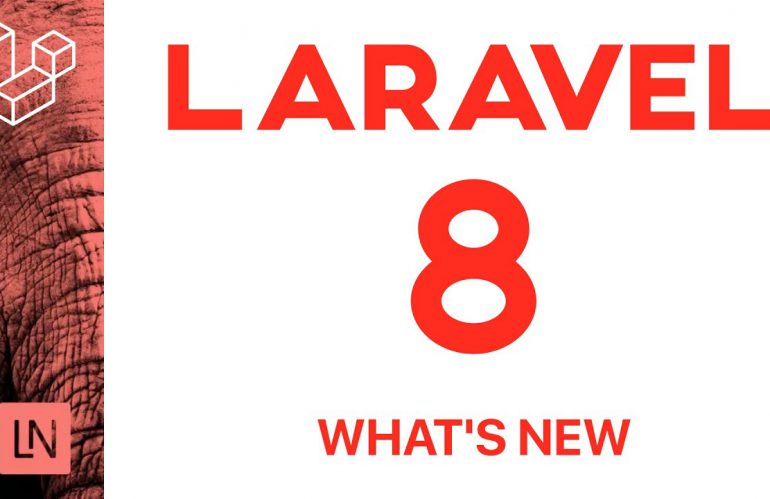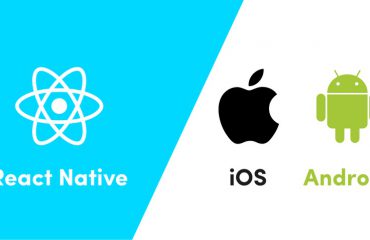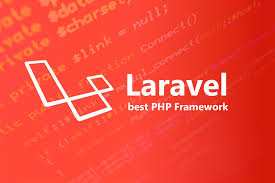Laravel 8 is as of now officially released and fuses new features including Laravel Jetstream, migration squashing, rate-limiting improvements, time testing helpers, dynamic blade components, class-based model factories, migration squashing, time-traveling, and much more features. As usual, before overhauling a Laravel version, make sure that you carefully understand the new features to guarantee a smooth upgrade.
Choosing the right framework for your application is one of the most difficult aspects of the initial stages of project development. And for many of the reasons Laravel become the best framework for Backend Application. In the previous blog, we discussed so much more about the advantages of the Laravel framework and for those who haven’t get through that please read for a better understanding of the Laravel framework. Regardless of whether you’re beginning with Laravel or simply need to look at the best existing features on the updates, keep on reading.
Laravel Jetstream
Laravel Jetstream refines the current Laravel UI platform found in previous versions. It gives an ideal beginning point to your next project including login, enrollment, email confirmation, two-factor verification, session management, API uphold through Laravel Sanctum, and discretionary team management.
New Models Directory
Laravel 8 will provide a default app/models directory, ‘app/Models’, rather than leaving the model class in the root app directory as in previous versions of Laravel. Generator commands assume that the models exist in the app/models; however, if this doesn’t exist the framework will assume the application has kept the model within the app/folder.
With Laravel 8, the favorite app/Models directory has been replaced! If you prefer the old structure, you can always modify your codebase to remove the Models directory again. Right now, According to a poll, over 80% of developers were creating an app/models directory themselves anyway. It will be very helpful to the developers.
Model Factory Classes
Smooth model production lines are currently class-based beginning in Laravel 8, with improved help for connections between factories (i.e., a user has numerous posts). Compare this to Laravel 7, where the User Factory is defined with a Closure and returns the specified model attributes.
Migration Squashing
Laravel 8 introduces another exciting feature: migration squashing! No longer do you have to scroll for five minutes when you open up your migrations folder.In the event that your application contains numerous migration files, you would now be able to crush them into a solitary SQL file. This file will be executed first when running migrations, trailed by any residual migration files that are not part of the squashed schema file. Squashing existing migrations can diminish migration file bloat and conceivably improve execution while running tests.
Job Batching
In Laravel, jobs are tasks that can be performed as part of a queue to accomplish something in the background. The new job batching feature allows you to execute several jobs together. Job batching is now easier with Laravel 8, you can pass your all jobs into a Bus::batch() function.
Rate Limiting –Improved
Laravel 8 carries upgrades to existing rate limiting functionality while supporting in reverse compatibility with the current throttle middleware and offering undeniably greater adaptability. In Laravel 8, you can define your rate limiters in app/Providers/RouteServiceProvider.php using the for method of the RateLimiter facade. The for method will accept a name and a Closure, which returns the rate limiting details that you set up.
Dynamic Blade Component
With the arrival of Laravel 8, you would now be able to deliver Blade components dynamically utilizing a built-in component called dynamic-component. Essentially, you can use dynamic components in scenarios where you’d want to render components based on the value of a variable. i.e in scenarios where it’s not known which component to render until runtime. Laravel 8 provides the <x-dynamic-component/> to render the component.
Better Maintenance Mode
In Laravel 7, if you run php artisan down to put your site into maintenance mode while deploying your application and then run Composer as part of the deployment, your application may still throw errors while your dependencies are changed and the autoload file is written – which means end users will see an error page, rather than the maintenance mode page.
Laravel 8 likewise carries a few upgrades to maintenance mode. Maintenance mode is a really helpful feature that allows you to “disable” your application while you’re making updates to it. You can set more into maintenance mode options like, php artisan down –redirect=/ –status=200 –secret=myByPassSecret –render=”errors::503″
Routing Namespacing
Usually, when route caching is enabled, a serialized output of the routes file is generated, i.e. all is compiled into a big PHP array. Currently, routes that are defined as in the example below couldn’t be cached. In Laravel 8, the namespaceproperty in app/Providers/RouteServiceProvider.php is now null by default,In previous versions, the $namespace property was set to App\Http\Controllers. This is one of the significant changes contrasted with the older version however the team isn’t depicted more about the component yet.
Schema Dump
Among the new features of Laravel, there is a new schema:dump command which allows you to remove old migrations and speed up the testing and CI process. This feature permits the user to clean old migrations in the schema folder and tests to run faster because Laravel doesn’t run all the migrations during testing. You just require a file of your schema in database/schema/{connection}-schema.mysql.
Time Traveller
Laravel users have delighted in full power after some time modification through the magnificent Carbon PHP library. Laravel 8 brings this above and beyond by giving advantageous test aides to controlling the time inside tests. This will allow you to easily test for things like what happens when a free trial ends, or a next billing date, etc.
Default Pagination
Laravel 8 pagination will utilize Tailwind CSS by default.
So, here we have seen a few features and improvements. To see a total rundown look at the Laravel 8 release notes . On the off chance that you face any issue while updating your current Laravel to Laravel 8 form, don’t hesitate to contact our Laravel Experts.





